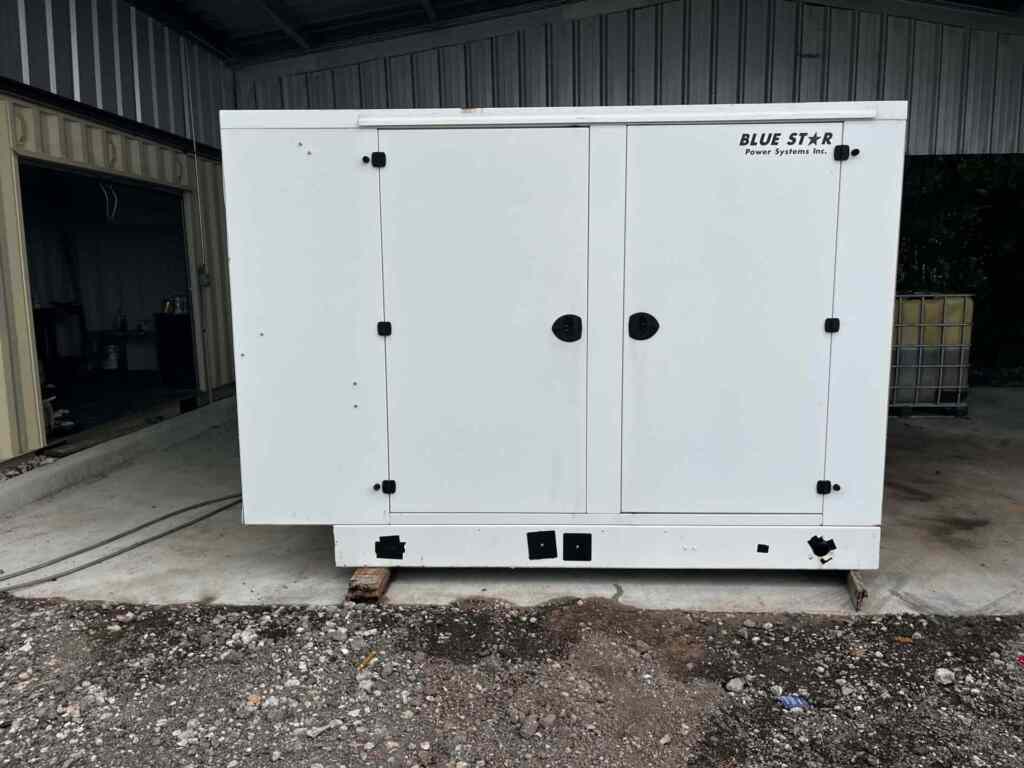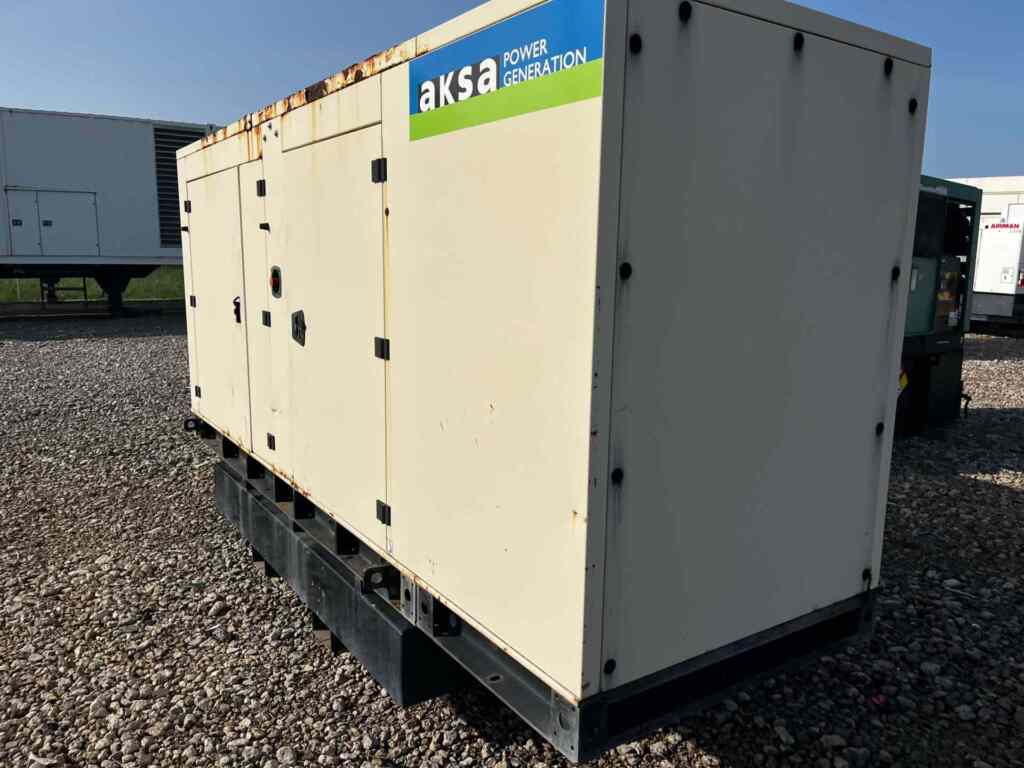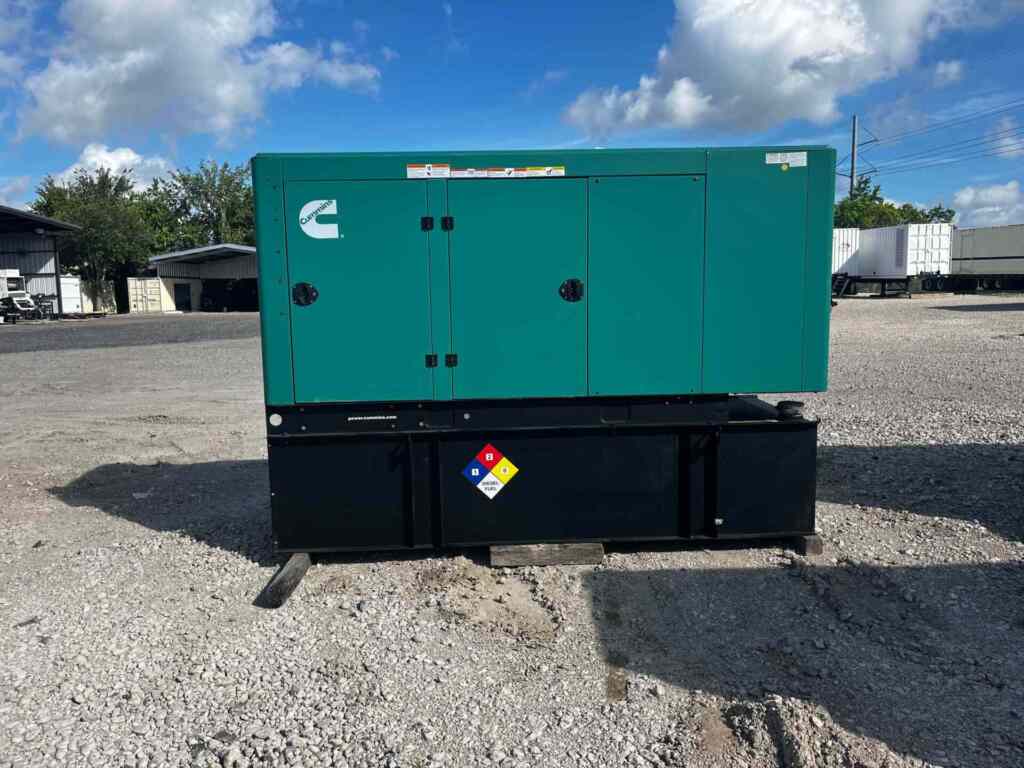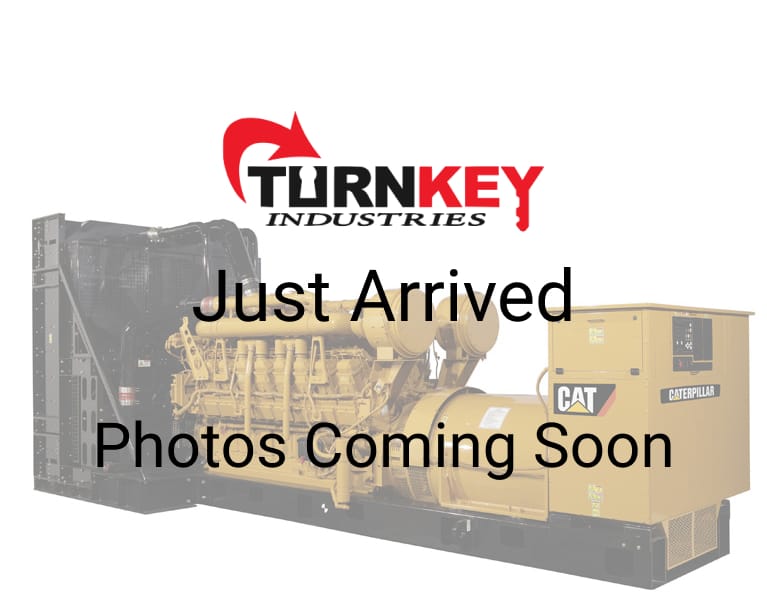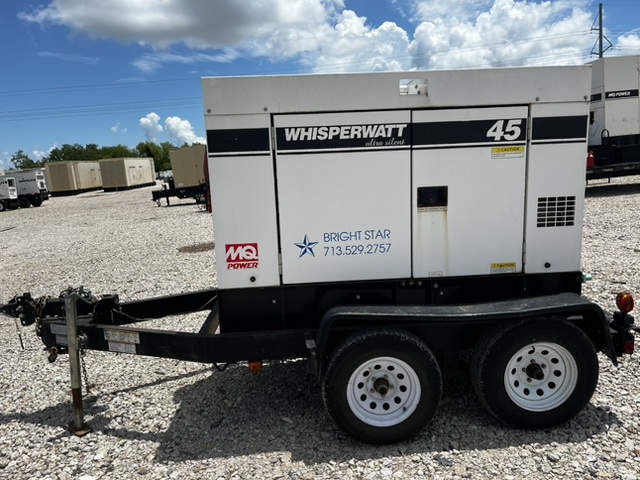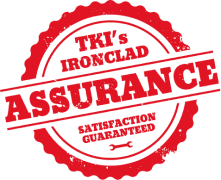Generators provide backup power during emergencies, ensuring critical operations continue without interruption. Brand name Cummins generators have a reputation for being both reliable and robust. However, these generators need routine maintenance to prevent issues that will impact their performance. Don’t let a malfunctioning generator leave you in the dark. Use this guide as a go-to resource for troubleshooting your Cummins generator and getting it back up and running quickly and efficiently.
Diagnosing and Fixing Common Issues with Your Cummins Generator
If a Cummins generator won’t start, several common issues can be addressed during the troubleshooting process. Understanding these problems and their respective solutions is crucial to ensure that your generator functions properly. The following guide outlines typical reasons for a generator’s failure to start and provides step-by-step instructions on how to fix Cummins generator issues. By systematically checking fuel levels, oil conditions, and other key components, many starting issues can be effectively diagnosed and remedied.
1. Check the Fuel Level and Fuel Quality
Ensuring that your generator has enough quality fuel is critical. Generators that sit idle for long periods may have stale or contaminated fuel, which can cause starting issues. Always use fresh, high-quality fuel to avoid clogging your generator’s fuel lines and filters.
How to Diagnose:
- Fuel Level Indicator: Check if the fuel gauge shows low fuel.
- Fuel Contamination: Look for signs like cloudiness or particles in the fuel, which indicate contamination.
Steps to Fix:
- Check the fuel level and top it off if necessary.
- Inspect the fuel for any signs of contamination.
- If you suspect bad fuel, drain the tank and refill it with fresh fuel.
- Check fuel filters for clogs and replace them if needed.
2. Inspect the Oil Level
Oil allows for the smooth operation of your generator. Low oil levels can trigger the low oil sensor, preventing the generator from starting. Checking the oil regularly is an important generator maintenance tip to optimize engine health.
How to Diagnose:
- Low Oil Sensor Light: If the generator has a low oil sensor, it will illuminate when the oil level falls below minimum requirements.
- Dipstick Check: Use a dipstick to check the oil level and see if it falls below the minimum mark.
Steps to Fix:
- Use a dipstick to check the oil level.
- If the oil level is low, add the recommended oil for your generator model.
- Consider changing the oil if it hasn’t been replaced recently or appears dirty.
3. Examine the Spark Plug
A faulty spark plug can hinder a generator’s ignition process and prevent the engine from starting. Carbon build-up or wear can reduce the effectiveness of the spark plug. Spark plugs are critical for the ignition process, and any build-up or unusual wear can lead to significant disruptions in a generator’s functioning.
How to Diagnose:
- Visual Inspection: Look for carbon deposits, corrosion, or damage on the spark plug.
- Spark Test: Use a spark tester to see if the spark plug is producing a strong, blue spark.
Steps to Fix:
- Remove and inspect the spark plug for carbon deposits or wear.
- Clean the spark plug with a wire brush or replace the plug if it appears damaged.
- Reinstall the spark plug and try starting the generator again.
4. Check for Clogging and Choking in the Carburetor
The carburetor mixes air and fuel for the engine. Over time, it can become clogged with dirt or fuel residue, preventing the generator from starting. A well-maintained carburetor ensures efficient fuel combustion.
How to Diagnose:
- Engine Struggles or Won’t Start: If the engine struggles to start or runs erratically, the carburetor may be clogged.
- Visual Inspection: Remove the carburetor and check for visible dirt or residue buildup.
Steps to Fix:
- Remove the carburetor and clean it thoroughly.
- Use a carburetor cleaner to remove any deposits.
- Ensure all jets and passages are clear of obstructions.
- Consider using a fuel stabilizer to prevent future build-up.
5. Inspect Fuel Pipes and Valves
Clogged or damaged fuel pipes can restrict the flow of fuel to the engine, causing starting problems. Ensuring the integrity of fuel delivery systems is critical for smooth operation.
How to Diagnose:
- Check for Leaks: Look for fuel leaks or signs of wear on the fuel pipes.
- Flow Test: Disconnect the fuel line at the carburetor and check for adequate fuel flow.
Steps to Fix:
- Check fuel pipes for any signs of damage or blockage.
- Clean or replace fuel filters if they are clogged.
- Make sure the fuel valve is open and functioning properly.
- Refer to our fuel system guide for more information.
6. Examine the Air Filter
A dirty or clogged air filter can restrict airflow, causing the engine to choke and fail to start. Air filters are essential for keeping dust and debris out of the engine.
How to Diagnose:
- Visual Check: Remove the air filter and check for dirt or debris.
- Airflow Test: If the generator struggles to run smoothly, the air filter may be restricting airflow.
Steps to Fix:
- Remove the air filter and check for dirt or debris.
- Clean the air filter with compressed air or replace it if it is too dirty.
- Read our article on generator air filter maintenance for more tips.
7. Test the Battery and Electrical Connections
A dead battery or loose wiring can prevent the generator from starting. A robust electrical system ensures reliable generator operation.
How to Diagnose:
- Battery Voltage Check: Use a multimeter to test the battery’s voltage.
- Inspect Connections: Look for loose or corroded electrical connections.
Steps to Fix:
- Check the battery charge and replace the battery if it no longer charges.
- Ensure all electrical connections are tight and free of corrosion.
- Inspect the wiring for any signs of wear or damage.
8. Check the Choke Setting
The choke valve helps the engine start by providing a richer fuel mixture. If it’s not set correctly, the engine may struggle to start. Proper choke adjustment is key to a smooth start, especially in cold conditions.
How to Diagnose:
- Choke Position: Check if the choke is in the closed position for starting.
- Starting Difficulty: If the engine is hard to start or stalls quickly, the choke may not be set correctly.
Steps to Fix:
- Ensure the choke is in the closed position when starting a cold engine.
- Adjust the choke to the open position once the engine warms up.
9. Inspect the Fuel Pump
A malfunctioning fuel pump can prevent fuel from reaching the carburetor. Ensuring consistent fuel delivery is essential for engine reliability.
How to Diagnose:
- Pump Noise: Listen for the sound of the fuel pump when the key is turned.
- Fuel Flow Check: Disconnect the fuel line at the carburetor and check for fuel flow.
Steps to Fix:
- Listen for the fuel pump when you turn the key.
- Check for any fuel leaks or signs of pump failure.
- Replace the fuel pump if it is not working correctly.
Preventive Maintenance Tips
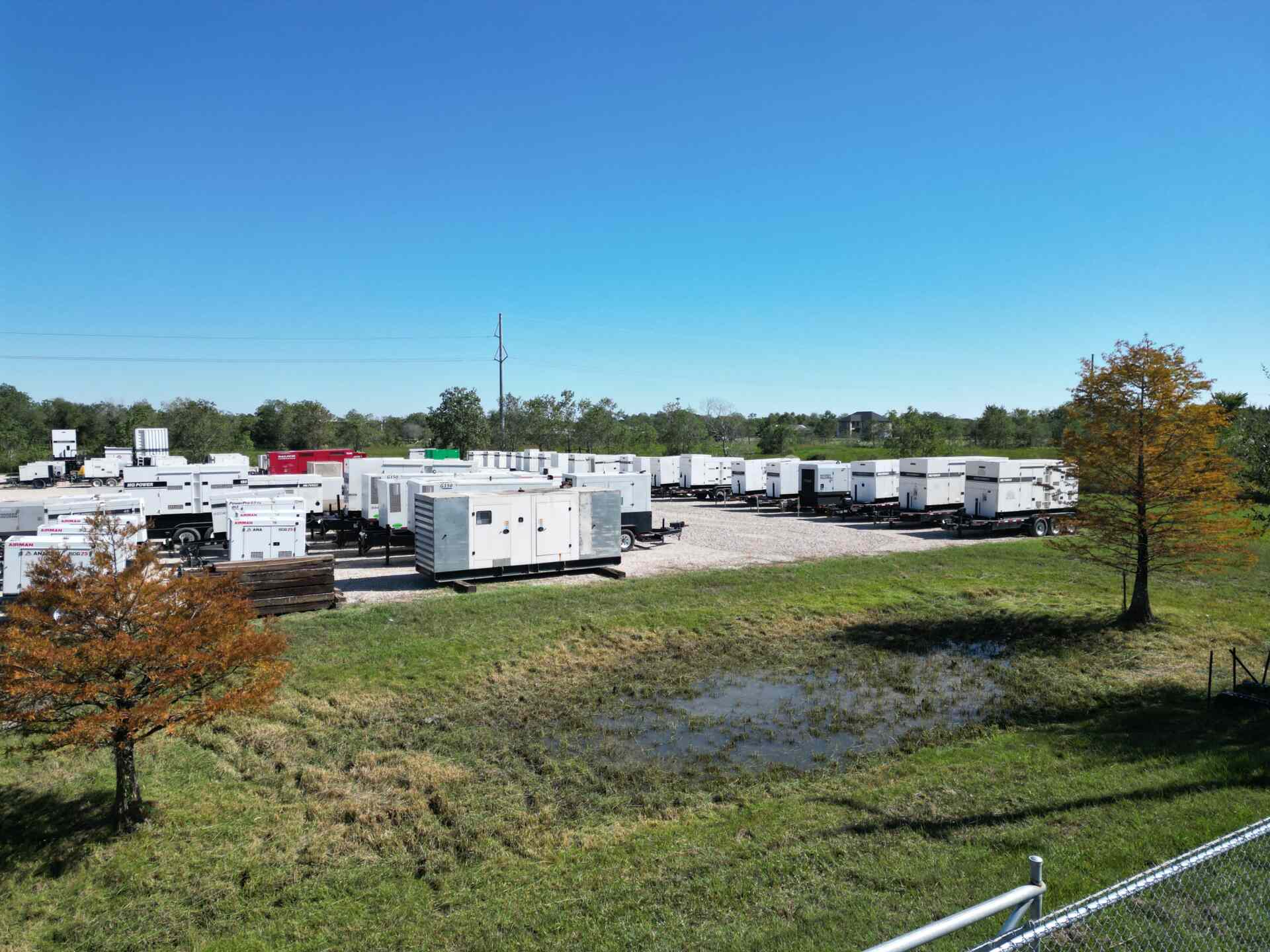 If your Cummins standby generator won’t start, common problems like low battery, fuel issues, or clogged filters might have quick fixes.
If your Cummins standby generator won’t start, common problems like low battery, fuel issues, or clogged filters might have quick fixes.To minimize the chances that your Cummins generator won’t start in the future, it’s essential to stick to a regular maintenance schedule. Regular upkeep not only prevents common issues but also extends the life of your generator. Here are some important maintenance tips to ensure your generator remains reliable:
- Run the Generator Each Month: Regular use helps keep the battery charged and the fuel fresh.
- Keep Fuel and Oil Levels Topped Off: Regularly check and maintain the proper levels of fuel and oil to ensure smooth operation.
- Perform Regular Inspections: Inspect and clean components like the air filter, spark plug, and fuel system at regular intervals.
- Store Properly: Keep the generator in a dry, cool place to prevent damage from the elements.
By following the steps listed above, you can troubleshoot and fix common issues that might be preventing your Cummins generator from starting, ensuring reliable power when you need it most.
When to Call a Professional
If you’ve tried all these troubleshooting steps and your Cummins generator won’t start, it may be time to call in a professional. Some issues, such as internal engine problems or complex electrical faults, require expert attention. At Turnkey Industries, we specialize in servicing and repairing Cummins generators. Our team of skilled technicians can diagnose and fix Cummins generator problems, ensuring your generator is up and running as soon as possible. Contact us at call 713-823-0890 for expert assistance.
 Turnkey Industries offers a variety of high-capacity
Turnkey Industries offers a variety of high-capacity 